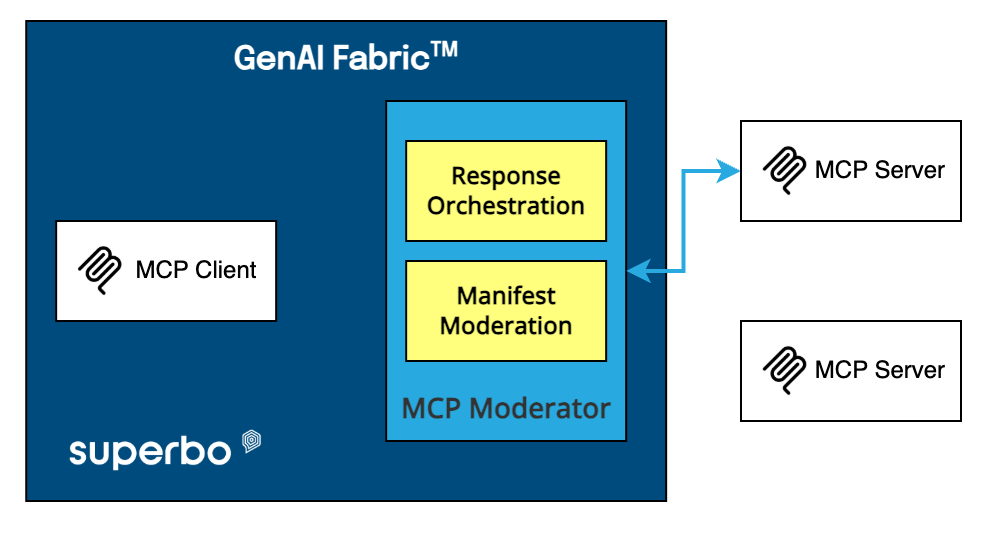1. What MVE Is
The Minimum Viable Experience (MVE) is a concept that goes beyond the traditional Minimum Viable Product (MVP). MVE focuses on delivering a meaningful, valuable, and coherent experience to users with the least amount of effort and resources. Unlike MVP, which prioritizes functionality and quick market entry, MVE emphasizes creating a delightful end-to-end user journey that captures the essence of the product. It’s about curating an experience that resonates deeply with users from the first interaction, ensuring they see value immediately without overwhelming them with too many features.
2. How MVE Differs from MVP
While both MVP and MVE aim to test market assumptions quickly, they differ significantly in focus and approach:
User-Centric Approach: MVPs often emphasize launching a functional product with essential features to gather feedback. However, this can lead to products that feel incomplete or disjointed. In contrast, MVE prioritizes user experience over sheer functionality, ensuring every interaction adds value to the user. MVE is about crafting a journey that feels complete, even if it only showcases the core experience.
Strengths of MVE: The strength of MVE lies in its emphasis on quality over quantity. It doesn’t just test if something works; it tests how it feels. This approach helps avoid the common pitfalls of MVPs, such as launching a product that is viable but lacks the appeal to drive user engagement. MVE’s focus on streamlined design and user delight ensures higher retention rates and more positive feedback.
Weaknesses of MVP: MVPs can sometimes fall short because they focus solely on the minimum features needed to function. This can lead to a product that feels clunky or unfinished, potentially damaging the brand’s reputation. MVE mitigates this risk by ensuring that even the minimal experience delivered is valuable and engaging.
3. What Product and Project Managers Should Know
For Product and Project Managers, understanding MVE is crucial for modern product development:
Prioritize the Core Experience: Managers should identify and focus on the most critical aspects of the user journey that deliver immediate value. This means stripping away non-essential features that do not enhance the core experience.
Iterate Based on Feedback: Like MVP, MVE relies on iterative development. Managers should continuously gather feedback and refine the experience to meet user expectations. This approach ensures that the product evolves in line with user needs, creating a loyal customer base.
Resource Efficiency: MVE allows teams to allocate resources effectively, concentrating efforts on areas that significantly impact user satisfaction. This can be particularly beneficial for startups and companies with limited budgets, allowing them to test market assumptions without overextending resources.
Design Matters: Unlike MVP, where design often takes a back seat, MVE places a strong emphasis on design and user interface. A polished, intuitive design is vital to creating an impactful MVE, as it directly affects how users perceive and interact with the product.
4. Conclusion
The Minimum Viable Experience (MVE) represents a strategic shift in how we approach product development. By focusing on creating a valuable and memorable user journey, MVE goes beyond just viability—it aims to capture the hearts and minds of users from the first interaction. For Product and Project Managers, adopting an MVE mindset can be a game-changer, ensuring that products are not just functional but truly resonate with their audience. In a world where user experience is paramount, MVE stands out as a powerful tool to drive product success.
Embrace MVE, and remember: sometimes, less truly is more.







